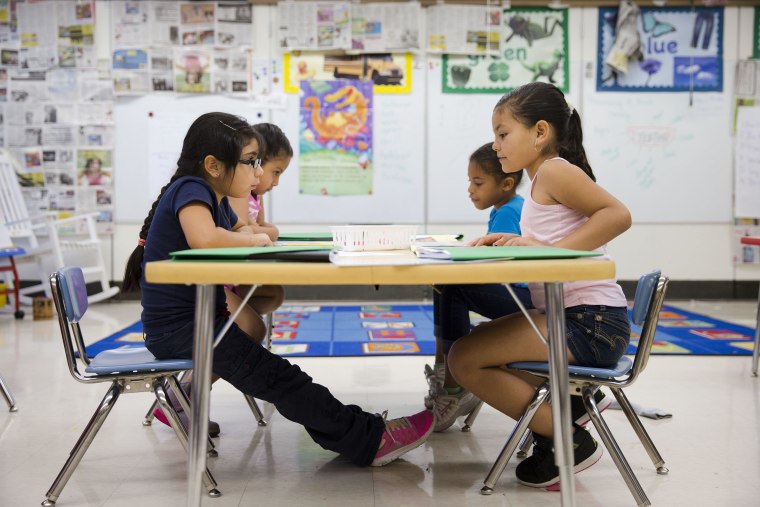Due in large part to the growth in the Latino population, for the first time this fall there will be more minority students enrolled in U.S. public schools than non-Hispanic whites.
Though non-Hispanic white students will be the largest racial group attending schools - almost half the students at 49.8 percent - the National Center for Education Statistics reported that when added together, minority students will make up the majority.
About 25 percent of the minority students are Latino, 15 percent are black and 5 percent are Asian and Pacific Islanders. Biracial students and Native Americans make up a smaller share of the minority student population. More than 1 in 5 children speak a language other than English at home.
"We can't talk about other people's children. These are our children," said Education Secretary Arne Duncan to the Associated Press.
Among some concerns educators raise is that schools are becoming more segregated reflecting U.S. housing patterns, with many minority students attending schools with less advanced classes and harsher discipline. Roughly one-quarter of Hispanics and African-Americans live below the poverty line.
IN-DEPTH:
- Latina Moms Team Up To Teach Chicago's Youngest
- Duncan Toniatuh Wants Latino Children To See Themselves in Books
- 5 Spanish-Learning Programs For Kids
--The Associated Press
